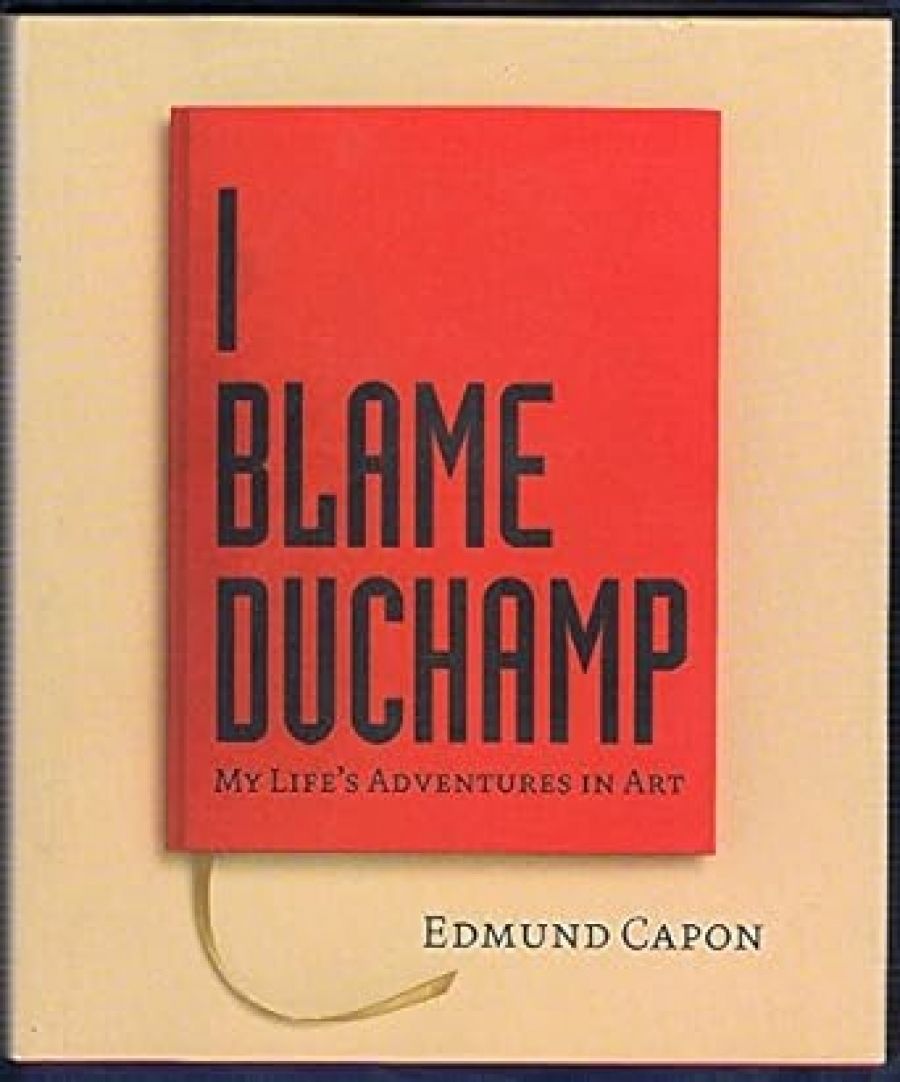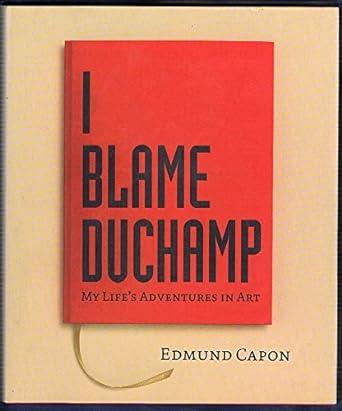
- Free Article: No
- Contents Category: Art
- Review Article: Yes
- Article Title: Capon’s gallimaufry
- Online Only: No
- Custom Highlight Text:
Over the past three decades, Edmund Capon has transformed the Art Gallery of New South Wales. Before he arrived, you could have swapped the contents of the Sydney gallery with Ballarat’s and nobody would have noticed the difference. How a city of that size, wealth and international ambition could have wound up with such a provincial collection puzzled the mind. No more. Capon has thrown out new wings, created a distinguished Asian collection virtually ex nihilo, attracted the generous benefaction of some remarkable old master paintings from James Fairfax, and acquired major twentieth-century and contemporary works. As importantly, he has made the AGNSW the liveliest of the state galleries. Even a wet Tuesday morning sees the central court thronged. Often Capon installs a medley of works there which would look inchoate in most other galleries but which emerge as resounding and triumphant. I once saw the big Kirchner Three bathers hung with the august Max Beckmann’s Mother and daughter and Picasso’s crackling Seated nude from the mid 1950s. Collectively, they gave off the whack and weight of modernity more excitingly than any other display in Australia.
- Book 1 Title: I Blame Duchamp
- Book 1 Subtitle: My Life’s adventures in art
- Book 1 Biblio: Lantern (Penguin Books), $49.95 hb, 396 pp
- Book 1 Cover Small (400 x 600):

Rambunctious and energetic, good-humoured and amusingly abrasive, Capon has become a champion for the sustaining values of the art museum – collections and their conservation, exhibitions of substance and scholarship – and the scorner of marketers and publicists and those who speak of their museums as ‘a brand’. He is also an accomplished scholar and connoisseur of Chinese art. The essays on Chinese themes are far and away the best in this uneven and inconsistent book.
With a fine display of modesty, Capon disclaims any interest in autobiography and proffers instead these ‘musings’ on favourite artists, works of art and museums, with the occasional diatribe, such as the title essay on Marcel Duchamp and his epigones on the contemporary scene. Surprisingly, almost a quarter of the book is devoted to Italian art and artists from Masaccio to Caravaggio, with one northern Hegira to take in Cranach. The Italian Renaissance is for Capon ‘the ultimate yardstick of style and taste’.
The bigger surprise lies in the incredibly – literally, I am afraid – old-fashioned and romantic view Capon holds of the period: ‘from the crucible of the Italian Renaissance there developed a distinctive new Western personality, one distinguished by the triumph of the individual, with secular, creative, impulsive and often rebellious characteristics.’ From this crucible, he proclaims, ‘humanity no longer appeared so inconsequential to God, the church or nature. Renaissance man had indeed found his own measure and the measure for modern humanity.’
The trouble and trap with such a view are that Capon ends up saying much the same thing about all his heroes. Thus Giovanni Bellini’s San Zaccaria Altarpiece is ‘redolent with a grace and humanity that, for me, reaffirms faith in humanity’; Masaccio in the Brancacci Chapel takes ‘an unerring journey of discovery towards an art that embraced and expressed qualities of experience and sensibility in the human condition’; and Ghirlandaio’s Old man and a child (Louvre) ‘reaffirms one’s faith in humanity’.
Capon clearly loves these artists, and goes to them, over and over, to confirm his taste and belief in what is central and important to works of art. He is less concerned with exploring these artists carefully to find something new to say about them. Whatever interest he may have in the copious literature on the period, Capon remains almost mute. The book is innocent of footnotes. When he does refer to recent testimony in his discussion of Giorgione’s La Tempesta, he does so only to trash it, including Edgar Wind’s sensible suggestion about this famous puzzle picture.
A substantial part of Capon’s ‘musings’ on the Renaissance underscores the secular nature of the art and dismisses the religious dimension with which he is clearly uncomfortable. But such a view blinkers his account of an artist such as Caravaggio. For Capon, Caravaggio’s ‘real subjects were the familiar people of the day, of the streets, taverns, bordellos and even grand houses and palazzi’. This misses the central dynamic in Caravaggio’s art. On the one hand, there is the tumultuous, obsessive homo-eroticism, and, on the other, a profound spirituality, a patent longing to reveal the deus absconditus. Both are held in the grip of an arduous and exacting realism. The tension between them drove his art. Capon shows zero interest in or awareness of Caravaggio’s possible connection with the Oratorians and that most attractive of counter-reformers, Filippo di Neri, for whose Chiesa Nuova he painted, arguably, his finest painting, The Entombment.
When Capon turns to the moderns, his aim steadies. He writes perceptively about Giacometti, Morandi and Bonnard, and interestingly on one of his boldest acquisitions, Cy Twombly’s Three studies for the Temeraire. In the latter case, Capon tells the amusing story of its purchase, one of the few glimpses he gives the reader of himself in action. He saw Twombly’s mighty triptych in London and persuaded the artist to let the work come to Sydney for approval.
[I]n spite of the ‘special’ price and Twombly’s willingness to be patient, the funds were not readily forthcoming. After some months I had to return the triptych to London. The moment they left the building I knew I had made a mistake. Within another month they were on their way back again and I was determined not to let them go a second time.
Capon is at his best when he particularises and refrains from generalising. On a visit to Henry Moore, for instance, he recalls the presence of the sculptor quite vividly. But when he tries to sum up the work, it sounds like a British Council handout.
Capon loves Sydney but has, I suspect, a fairly dim view of Australian art. Among the thirty-nine articles, only three are on Australian artists: Sidney Nolan, Jeffrey Smart and Bill Henson. Of these the Nolan piece is quite the best, accurately pinning down the strange ambivalence one feels about Nolan’s slide from virtuosity to facility. But why end the essay with Kenneth Clark’s bland and banal summation: ‘an entirely original artist and incidentally a fascinating man’?
In the case of Jeffrey Smart, Capon is ill served by his publisher. Only two works are reproduced, though Capon discusses many. There is hardly a more tedious form of art writing than extended accounts of paintings you can’t see. It is a besetting sin of the book. Although the quality of individual reproductions is high, overall the text is severely under-illustrated. A whole essay on Whistler’s Peacock Room speeds by without an image of the room itself. Elsewhere, Capon rightly stalks the composition of Raphael’s Entombment through its preliminary drawings, not one of which is reproduced.
What surprises me the most about the book overall is how someone who is acutely (and astutely) critical of shortcomings in others, institutions and the passing parade should be so oblivious to his own obviousness. Surely we are beyond calling Cézanne ‘A Father of the Modern Imagination’, and do we need to be told that the Shanghai Museum contains ‘a treasure trove of Chinese art’? Could not a kindly and, in Capon’s case, courageous editor have saved him and his readers from such lapses?
Yet make no mistake: Edmund Capon has been a brilliant director and has created a major art institution for Australia. Maybe the qualities which have made him such a good director are not necessarily those which serve him as a writer on art. Whatever the shortcomings of this book, there is no mistaking his commitment to high standards in art, be it from the East or West, the past or present. New Yorkers once used an old-fashioned phrase as their highest accolade: ‘Well, at least he’s an art lover.’ It forgave all faults. It fits Edmund Capon.


Comments powered by CComment